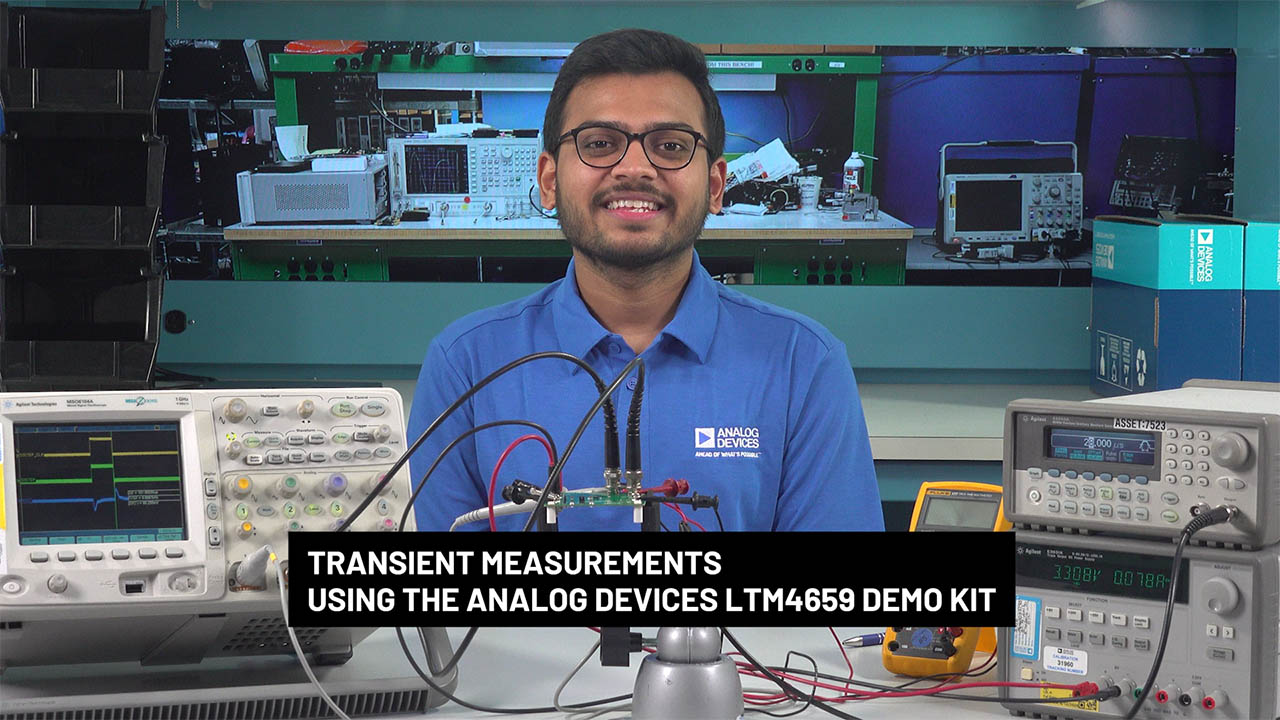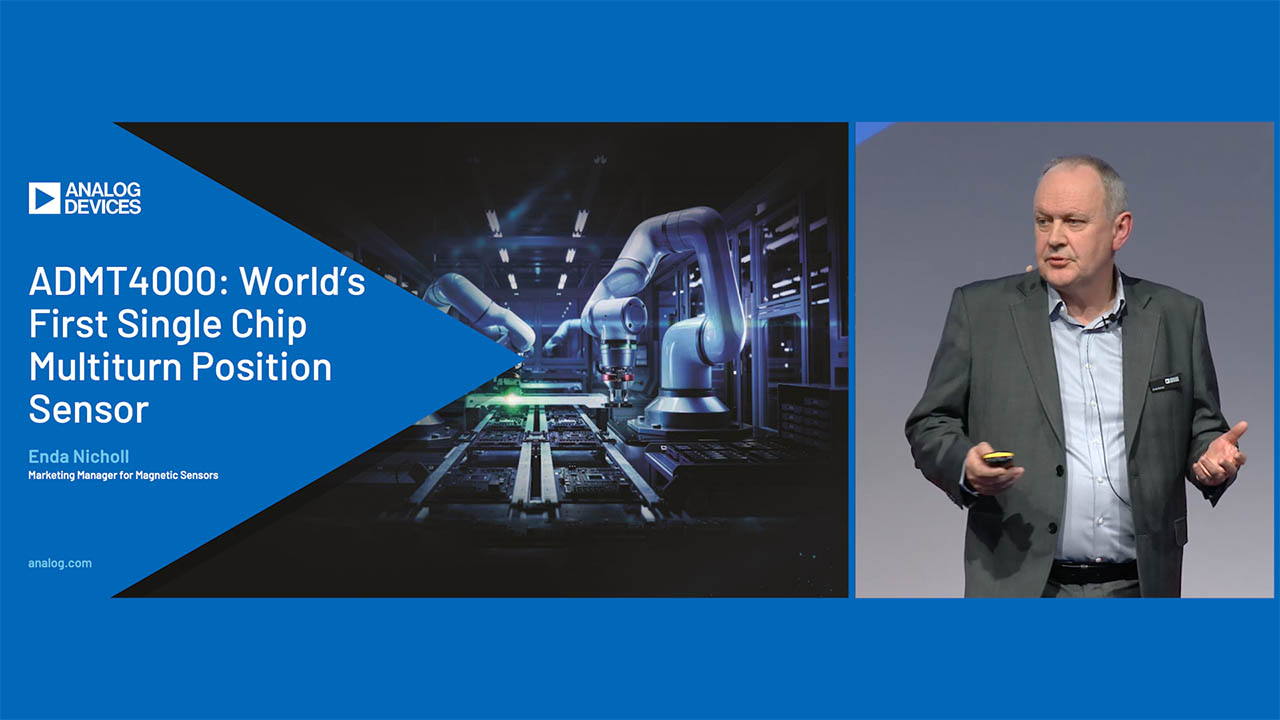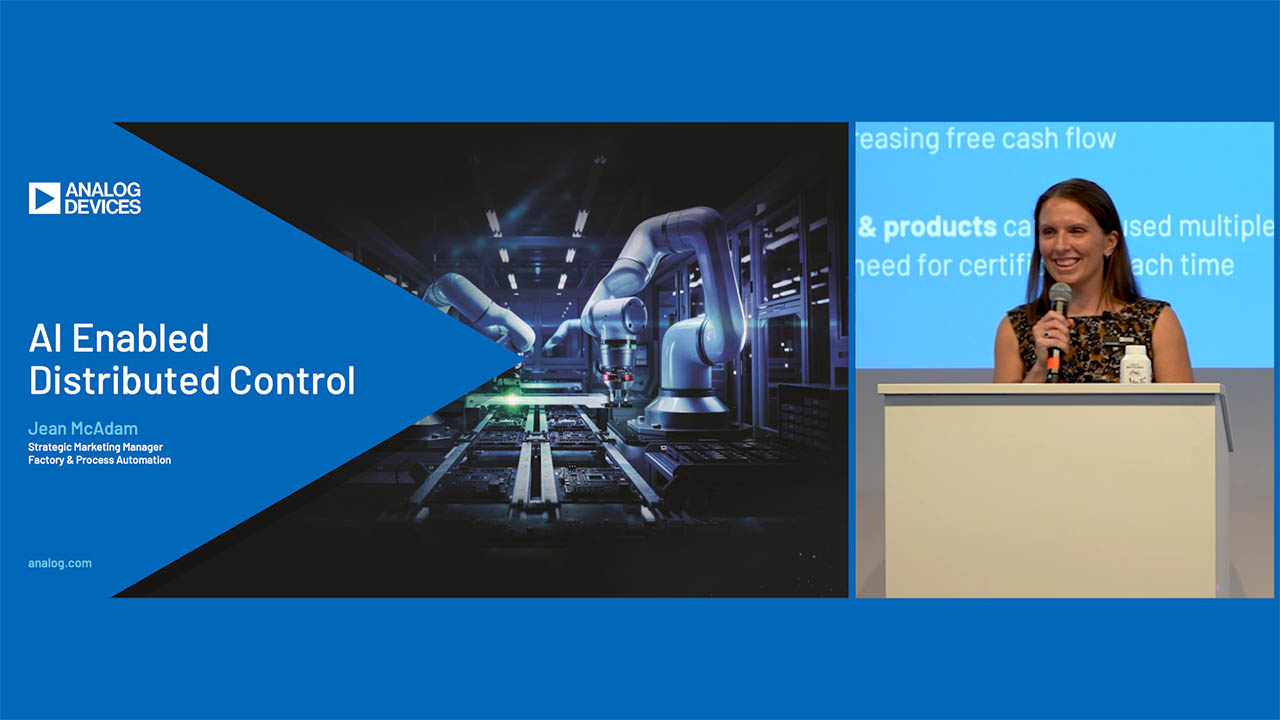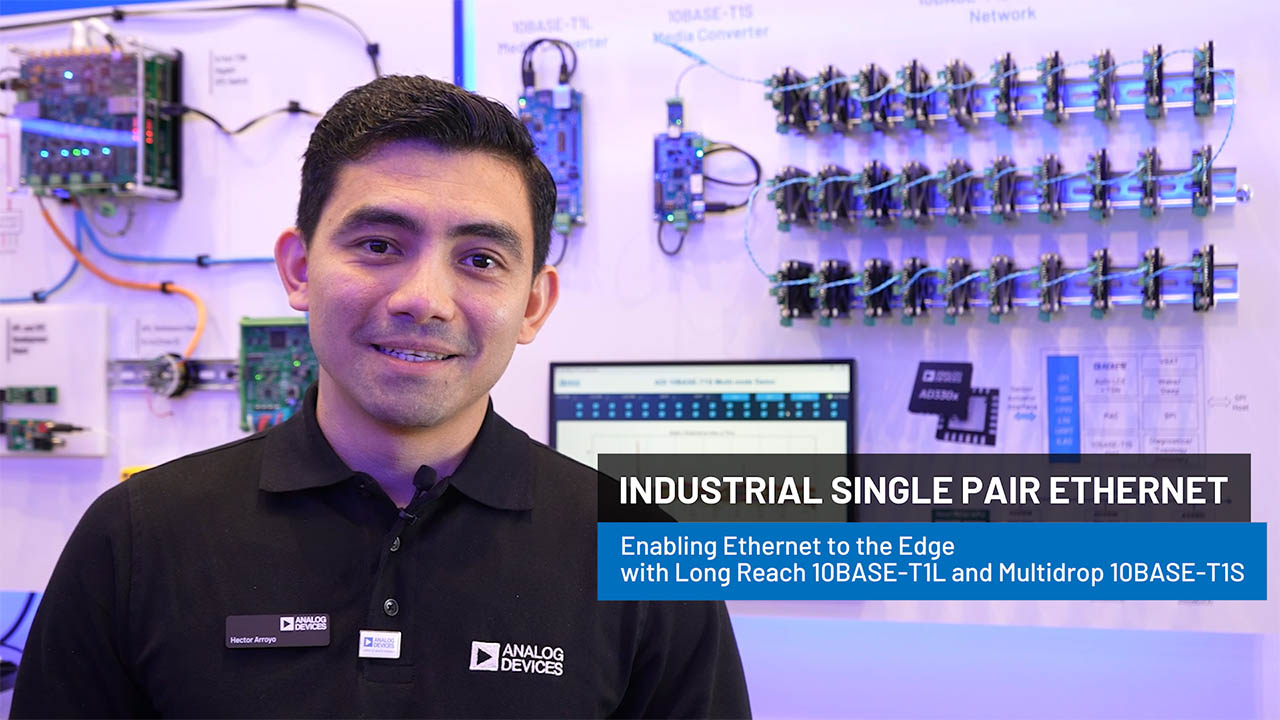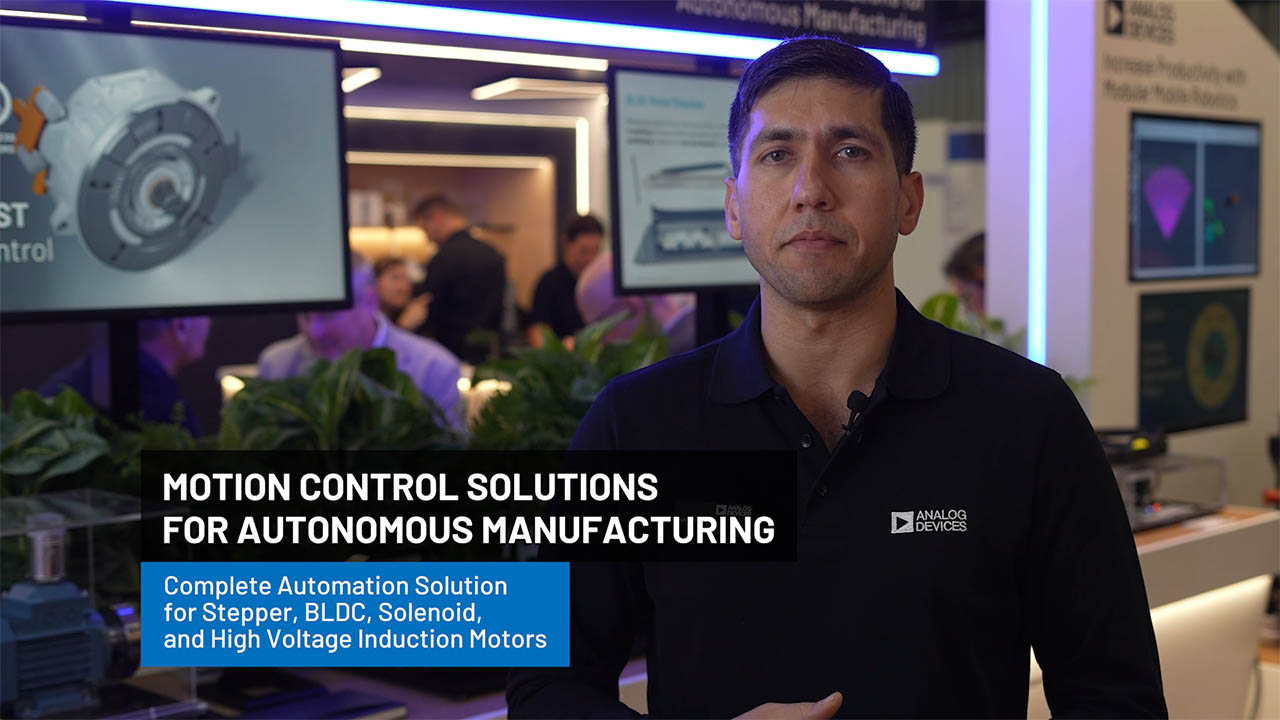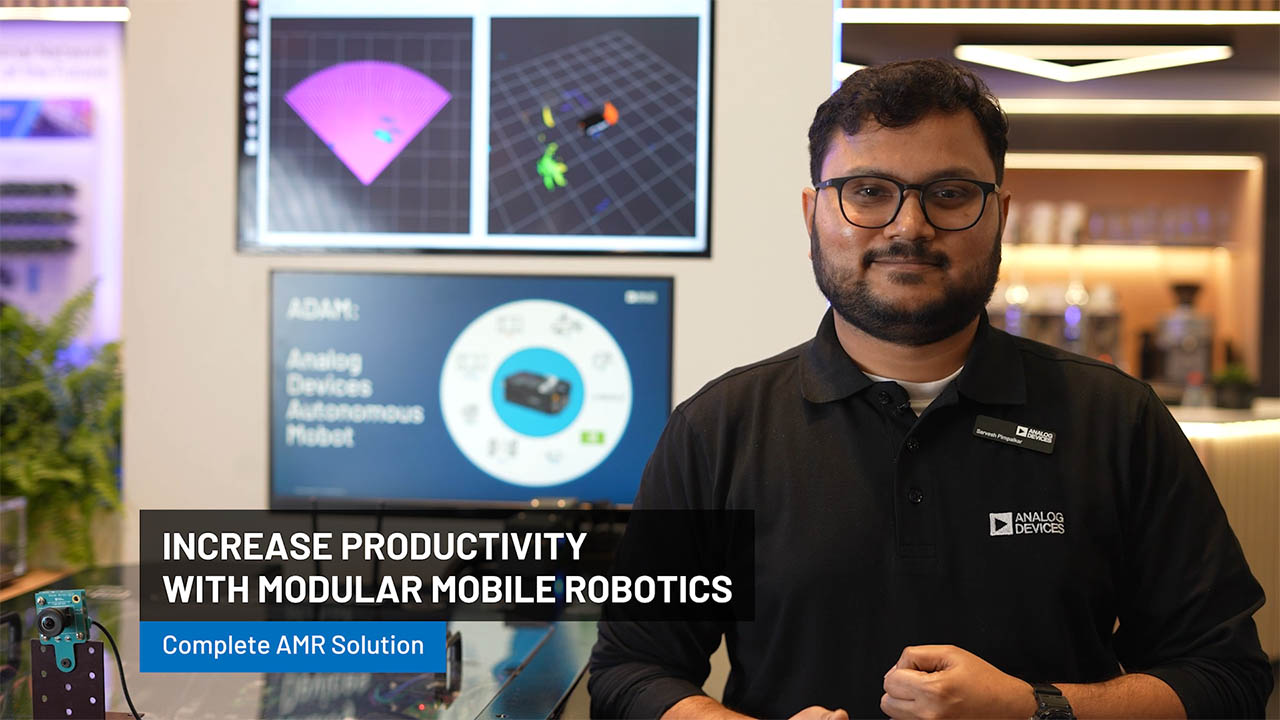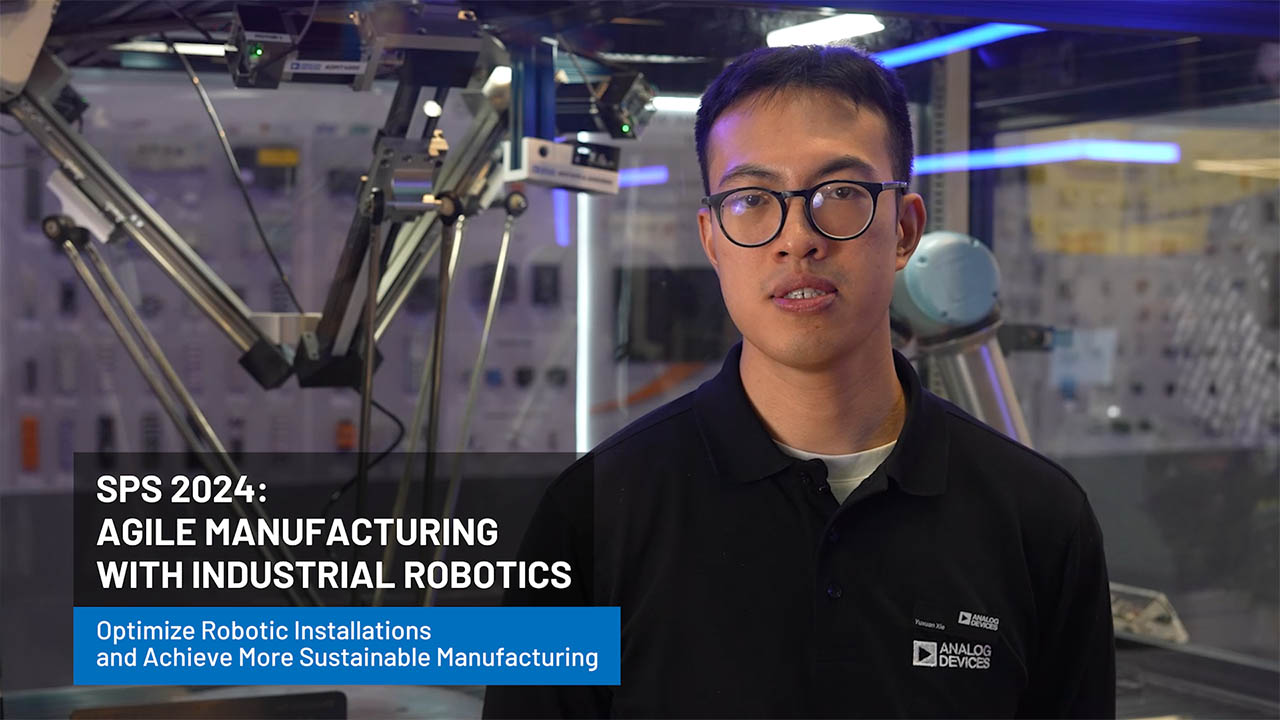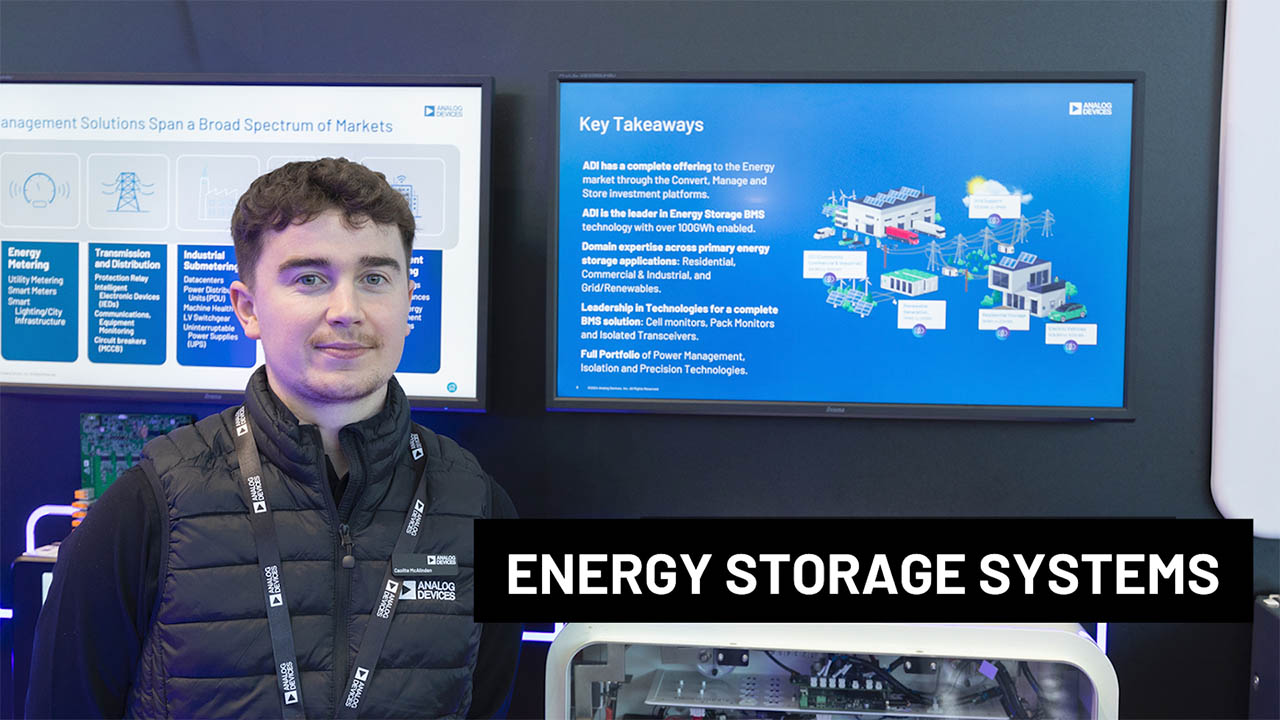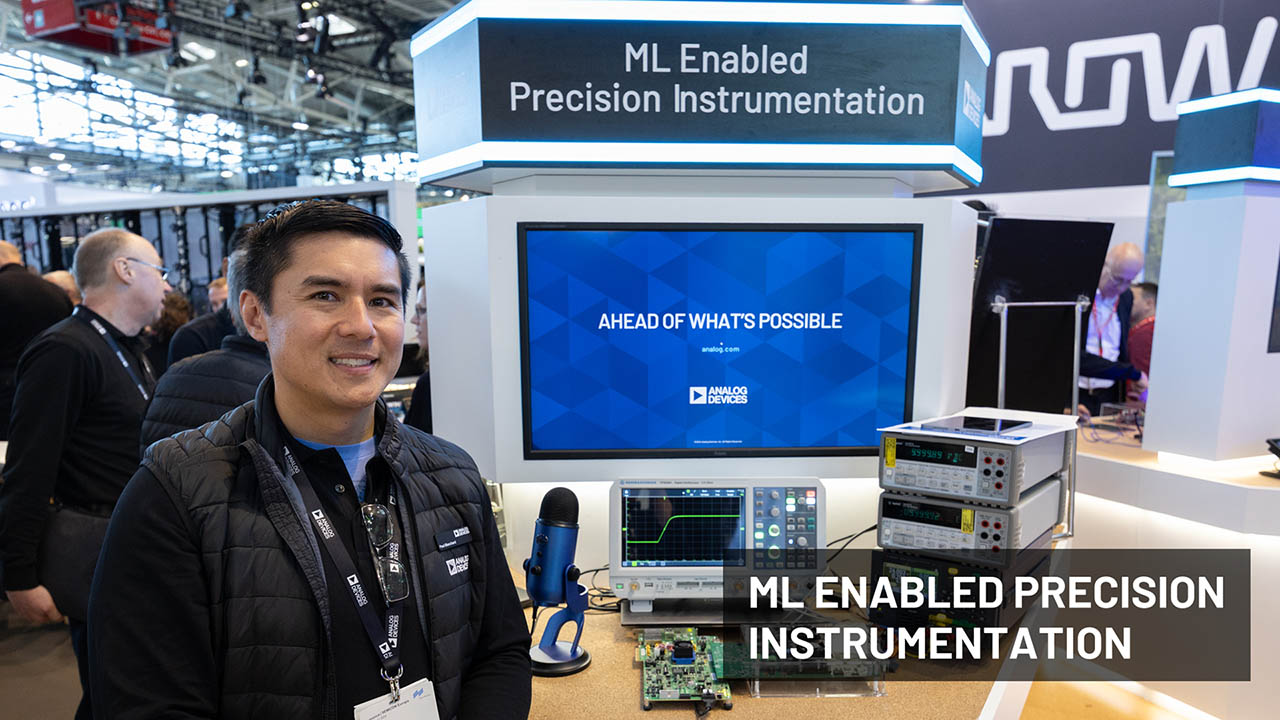How Continuous Positive Airway Pressure (CPAP) Respiratory Ventilation Systems Function
Abstract
This application note introduces how a continuous positive airway pressure (CPAP) ventilation system operates. The main subfunctions of CPAP respiratory ventilation include air-hose-environment sensing, compressor motor-drive feedback, motor-drive excitation, and a communication interface to a technician/doctor. These subfunctions are explained and a functional block diagram showing system components is also detailed.
Continuous positive airway pressure (CPAP) is a type of respiratory ventilation originally developed for combating sleep apnea, which remains its primary use. It is also useful in providing ventilation for newborns and anyone suffering respiratory failure.
As airway muscles relax during sleep, the airway can become partially obstructed. This can lead to lower blood oxygenation and cause awakening or arousal from deep sleep. Maintaining positive air pressure by supplying a continuous source of compressed air, the face mask forms a seal to the face. It is only this air pressure that maintains the open airway, and not the actual movement of air. A sleep physician usually determines the required air pressure after completing a sleep study.
Pressure sensors supply feedback of the applied air pressure in the mask/delivery hose to the microprocessor controller. This microprocessor controller manages the motor-drive stage of a compressor to maintain the correct fan velocity necessary to generate the required air pressure.

The main subfunctions that the system is required to monitor and control can be divided as follows:
- Air-hose-environment sensing This covers air pressure, but may also include air temperature, humidity, and flow rate.
- Compressor motor-drive feedback Similar to all motor-drive systems, some feedback must be provided to maintain torque and/or velocity control. Typically, phase currents or shunt current and rotor feedback must be provided.
- Motor-drive excitation This is the generation of the waveforms necessary to both induce current in the electric motor and produce the torque that causes motion.
- Communication interface to technician/doctor This requires the ability to display information as well as input commands and controls from the medical team. This can include LCD drivers and touch-screen controllers, as well as a means for audio communication alerts, such as beeps and tones.

Functional block diagram of a CPAP system.
Given the time and expense required to achieve FDA approval, manufacturers must select a supplier with a customer-oriented discontinuance policy to ensure that system components will be available for many years.
Medical customers rely on Maxim products because, over the years, we have carefully avoided discontinuing parts. We realize how devastating product discontinuance can be to a customer, so we work diligently to transfer some products to newer production lines, create wafer buffers, allow last-time purchases, or develop upgrade devices. Very few Maxim parts have ever been discontinued while demand still existed.
Related to this Article
Products
PRODUCTION
±15kV ESD-Protected, Down to 10nA, 3.0V to 5.5V, Up to 1Mbps, True RS-232 Transceivers
Obsolete
Low-Power, Ultra-Small Resistive Touch-Screen Controllers with I²C/SPI Interface
NOT RECOMMENDED FOR NEW DESIGNS
Low-Power, Ultra-Small Resistive Touch-Screen Controllers with I²C/SPI Interface
Single/Dual SC70, Zero-Drift, High-Efficiency, 1.5MHz Op Amps with RRIO
nanoPower, 4-Bump UCSP/SOT23, Precision Current-Sense Amplifier
-20V to +75V Input Range, Precision Uni-/Bidirectional, Current-Sense Amplifiers
Ultra-Low Offset/Drift, Low-Noise, Precision SOT23 Amplifiers
Ultra-Precision, High-Side Current-Sense Amplifiers
12-Bit 300ksps ADCs with FIFO, Temp Sensor, Internal Reference
12-Bit 300ksps ADCs with FIFO, Temp Sensor, Internal Reference
Precision, Micropower, Low-Dropout, SC70 Series Voltage Reference
Ultra-Low-Power Series Voltage Reference
Low-Cost Stereo Audio DAC
16-Bit Mono Audio Voice Codec
±0.5°C Accurate Analog-Output Temperature Sensor
High-Precision Digital Thermometer and Thermostat
Digital Thermometer and Thermostat
Low-Noise 500mA LDO Regulators in a 2mm x 2mm TDFN Package
Programmable, Four-String HB LED Driver with Output-Voltage Optimization and Fault Detection
Integrated, 4-Channel, High-Brightness LED Driver with High-Voltage DC-DC Controller
Integrated, 2-Channel, High-Brightness LED Driver with High-Voltage Boost and SEPIC Controller
125nA nanoPower Supervisory Circuits with Capacitor-Adjustable Reset and Watchdog Timeouts
2.2MHz, 3A Buck or Boost Converters with an Integrated High-Side Switch
TacTouch™, Low-Power, Ultra-Small, Resistive Touch-Screen Controller with Haptic Driver
Low-Power, Ultra-Small Resistive Touch-Screen Controllers with I²C/SPI Interface
Low-Power, Ultra-Small Resistive Touch-Screen Controllers with I²C/SPI Interface
Industry Solutions
{{modalTitle}}
{{modalDescription}}
{{dropdownTitle}}
- {{defaultSelectedText}} {{#each projectNames}}
- {{name}} {{/each}} {{#if newProjectText}}
-
{{newProjectText}}
{{/if}}
{{newProjectTitle}}
{{projectNameErrorText}}


